The cost of food is high and this effects a lot of us. If you are trying to add some bulk in the form of lean muscle mass (which should be your goal…!), it can be difficult to figure out the best value for your money while still getting quality nutrition. There are some staples that I use quite frequently that won’t break the bank on every trip to the grocery store. I have put together a list of food items that you can start including in your daily nutrition, if you aren’t already.
1. Oats
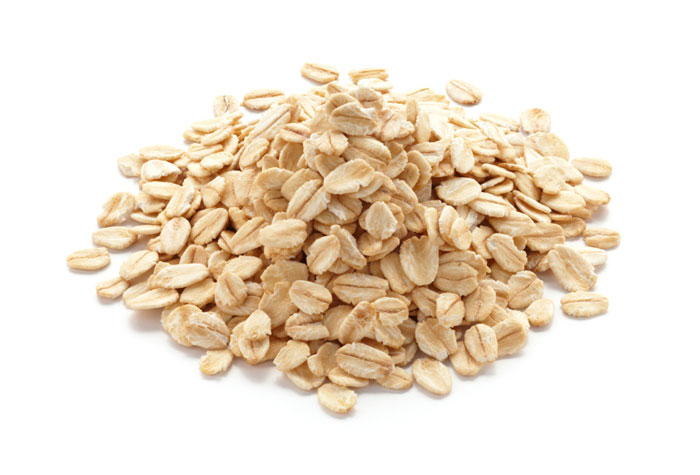
Oats are great for carb loading in your pre-workout meal! 1 cup of oatmeal contains 0 g of sugar, 10 g of protein, 54 g of carbohydrates and only 5 g of fat.
You can purchase oats in bulk (10 lb) for roughly 1$/lb. The 10 lb box provides 110+ servings, which makes the per serving cost less than .$10!
Here’s exactly how I prepare my oatmeal each day: Oatmeal with Blueberries
2. Sweet Potato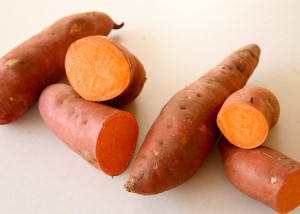
Mmmmmmmm – I love the taste of sweet potatoes! Also known as Yams, they are pretty much a staple in my daily nutrition.
Of course, you’ll find a varying price for these depending on where you shop for your groceries, but I typically am able to find sweet potatoes for less than $2.00/lb.
Most of the time, I simply bake them for roughly 90 minutes in a 425 degree oven and they come out perfect! But if you want to get fancy with them, here is a great recipe that pairs sweet potatoes with #7 in our list; Chicken Breast: Chipotle-Glazed Roast Chicken With Sweet Potatoes
3. Protein Powder
The need for protein powder will very greatly from person to person and even further from male to female. If you are getting enough protein from your normal food intake to meet the needs your body requires to add some bulk, great! After all, protein powder is a supplement and is there to help you meet those protein requirements consistently.
Depending on the brand and where you purchase your protein, you can get a great price on a $/gram of protein.
As I have mentioned before, I like to stack my protein powder with a serving of Shakeology. It give me the best of both worlds here, a fast assimilating form of protein along with a daily dose of dense nutrition to ensure that I am getting all of the micro-nutrients my body needs.
A little protein humor
4. Canned Tuna
Canned tuna is…an acquired taste, but is also a great source of lean protein, with very little fat and zero carbs. There are several brands and varieties of canned tuna, each with their own varying costs. For the most part, the protein content for a single can of tuna is in the same ball park across these varieties. 4 cans (2 servings/can) is typically less than $3 and if you have access to a Costco or Sams Club, you can probably get that cost/can for even less.
Egg salad is how I prefer to tackle canned tuna, otherwise it can be very bland and tough going down. 1 can of tuna (pick your variety) and 2 hard-boiled eggs, 1 tablespoon of brown mustard and 1 tablespoon of sweet relish is how I prepare it, but there are several tuna salad recipes that are comparable. Find one that you like best!
5. Rice
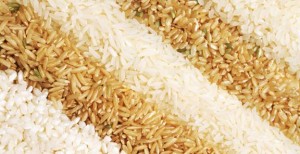
Brown or White?
In reality, there isn’t a lot of difference from a macro-nutrient perspective. The biggest difference between the two is the amount of processing that has occurred after the rice has been harvested. White rice will undergo more processing than brown rice does, so if you are trying to avoid eating highly processed foods, stick to brown rice.
I’m a big fan of the Uncle Ben’s Brown Rice pouches. They are super convenient and have no added ingredients – just plain ole brown rice! There are several varieties/flavors of this brand, so just make sure you are aware of the contents if brown rice isn’t your thing. The pouches run about $2.00-$2.50/pouch, which nets 2.5 cups of rice. Depending on how much rice you are including in your nutrition, this can be a single day or several days worth of rice.
6. Beans
What’s the jingle…? “Beans, beans the musical fruit. The more you eat, the more you…”
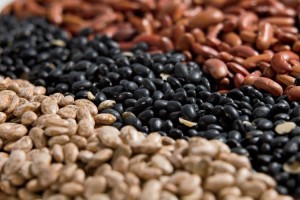
Beans fall into the “legume” category of foods and have a well balanced macro-nutrient ratio of protein, carbohydrates and fat, in particular Black Beans. Canned beans will generally cost less than $1/can and provide at least 2-3 servings. So you can stock up the pantry and pull one out and use them as needed. I generally get beans with either “reduced sodium” or “no salt added” and I typically rinse and strain them before eating. They can sometimes sit in the can for a long time and the liquid in there is to enhance flavor, but also adds to the sodium content.
Dry beans, on the other hand, require some additional prep work and planning ahead, but are also cheaper as a whole. I’ve never personally purchased and prepared dry beans, so I can’t give you any guidance on how to go about doing that, but if you are resourceful and have the extra time to do so, this is probably a slightly healthier option since you will be fully aware of what is going into the final product.
Here is a recipe that combines #6 and #7 from our list and it is super simple to prepare and is great for left overs! Santa Fe Chicken
7. Chicken Breasts
Chicken breasts just might be the staple protein for anyone looking to add some lean muscle mass. Chicken breast is by far the leanest cut of meat on a chicken and at roughly $2/lb, it may be the cheapest source of protein found in a whole food. Organic or free range chicken will likely cost you a little bit more, but you are also supposed to be getting a higher quality product. Does organic chicken have higher protein content per ounce? No, but the chicken is typically fed, bred and raised differently than the “non-organic” chicken. If you budget allows, go with organic, otherwise you can stick with the non-organic variety and it will do the job.
Our family consumes a lot of chicken breast on a weekly basis, but here is one of the family favorites when it comes to chicken breast recipes and it is straight out of the P90X2 nutrition guide. Give this one a try this week: P90X2 Chicken Bruschetta
8. Almonds
Ok, this last one might not be for the budget conscious, but almonds make a great snack and are packed with protein as well as healthy fats! Depending on where you live and where you purchase almonds, they will vary in cost. The time of the year may also have an impact on the cost. A handful of almonds can be a great way to bridge a longer than normal gap between meals/snacks, though due to their high fat content, you’ll need to be careful and stick to a recommended serving size or you could find yourself hitting higher than expected fat grams for the day.
Need a Coach?
If you need to find someone that will hold you accountable, answer your questions, help you, and PUSH YOU for the entire duration of your workout! Luckily for you, that’s what me and my team are here for. If you don’t have a coach yet and want one, I’d love to be your coach and help you through a fitness program. I am available to help you reach your goals!

Email Me: coachchris@yourfitnesspath.com
Connect on Facebook: fb.com/coachcoburn
YouTube: https://youtu.be/coachchriscoburn
Instagram: @chris_coburn
Twitter: @yourfitnesspath


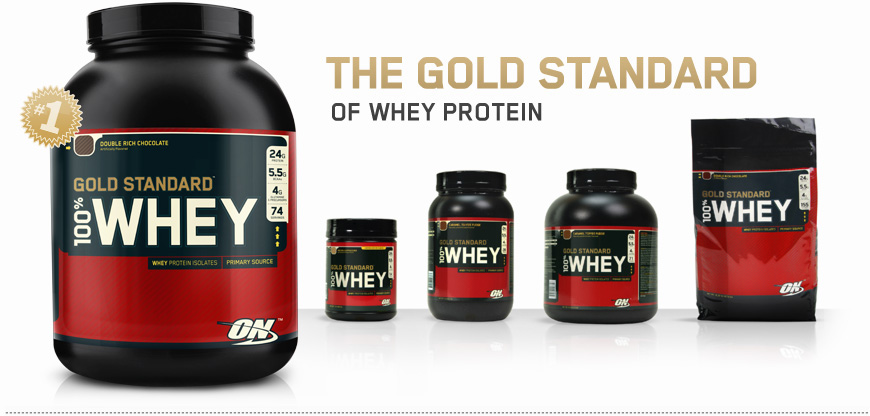
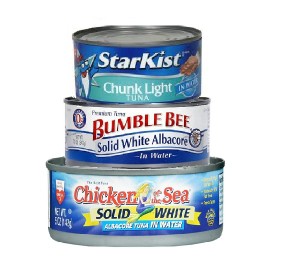
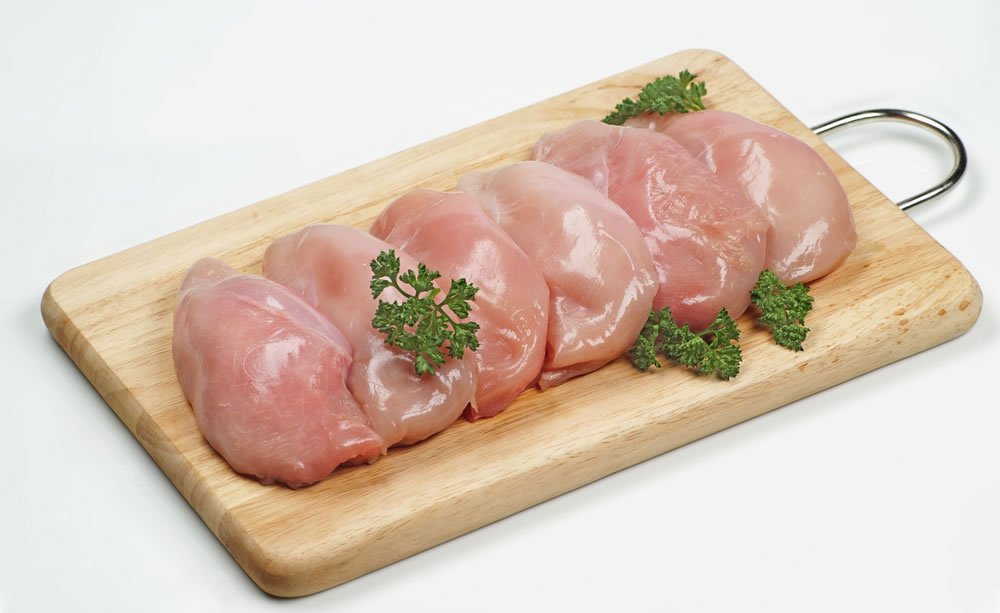
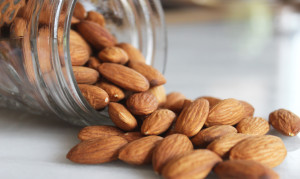

0 Comments